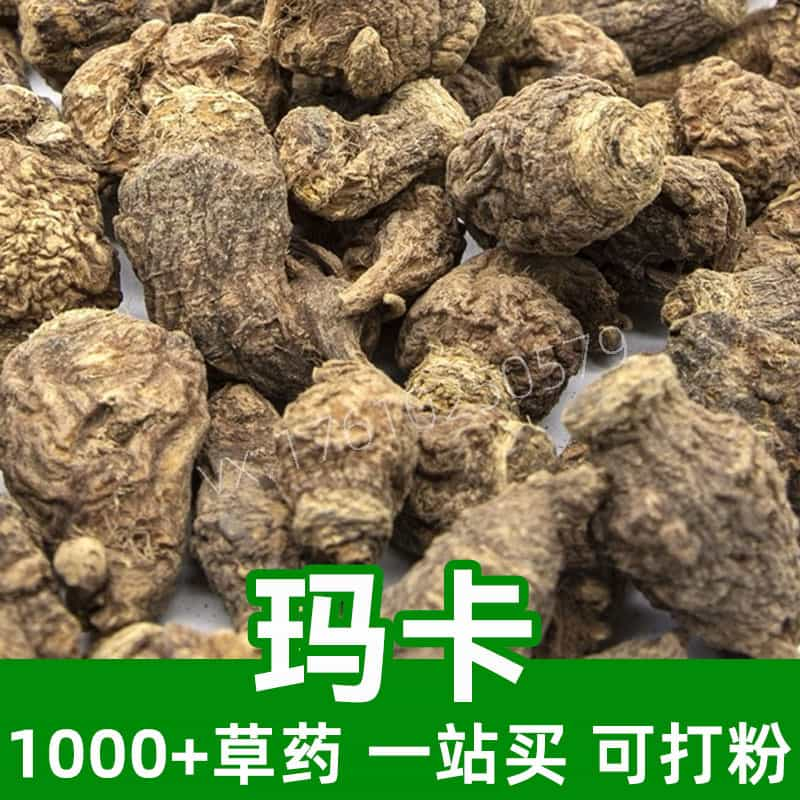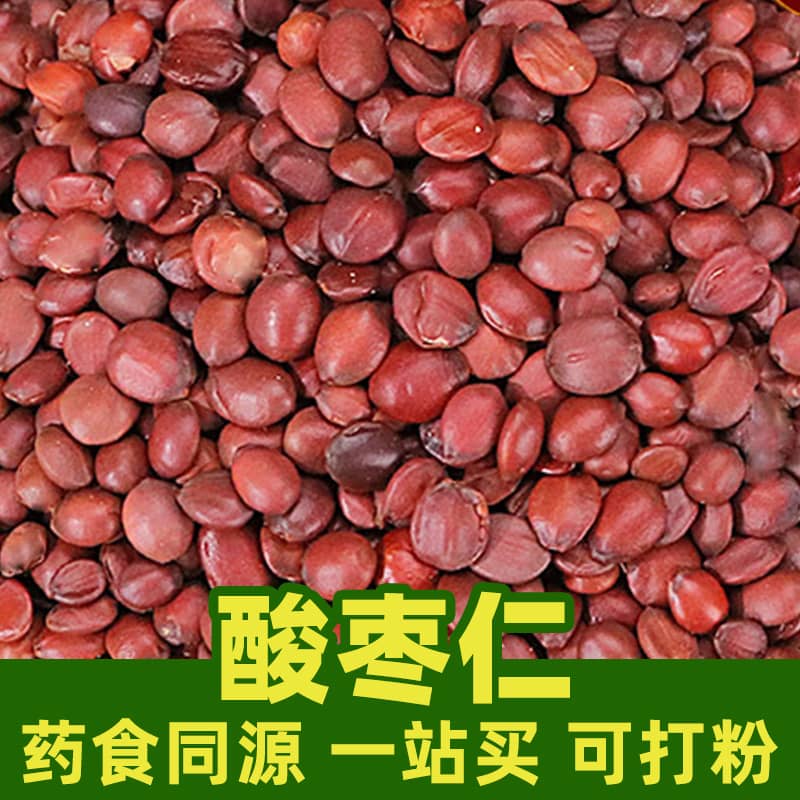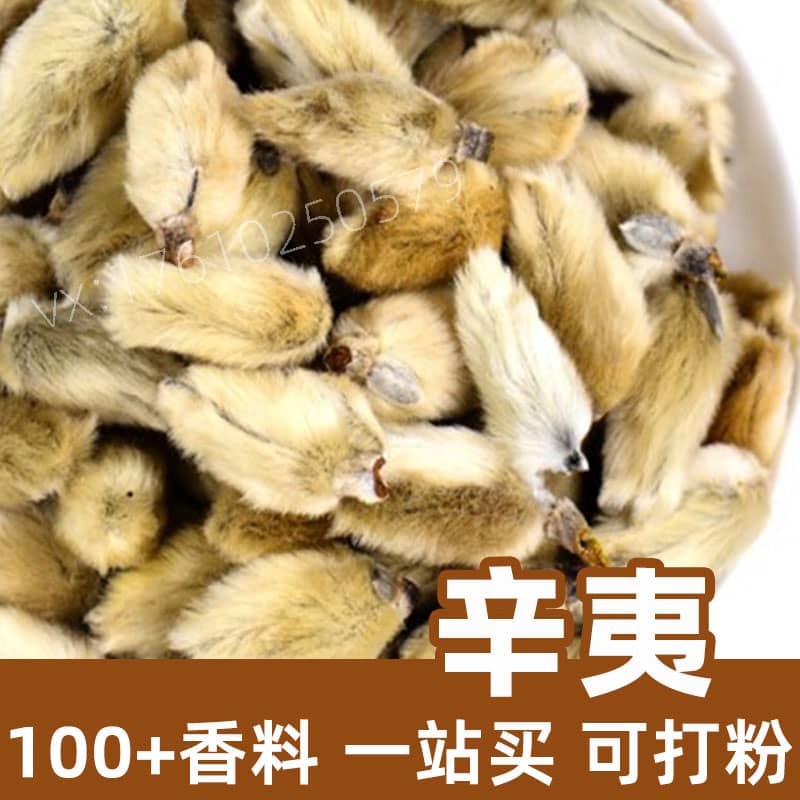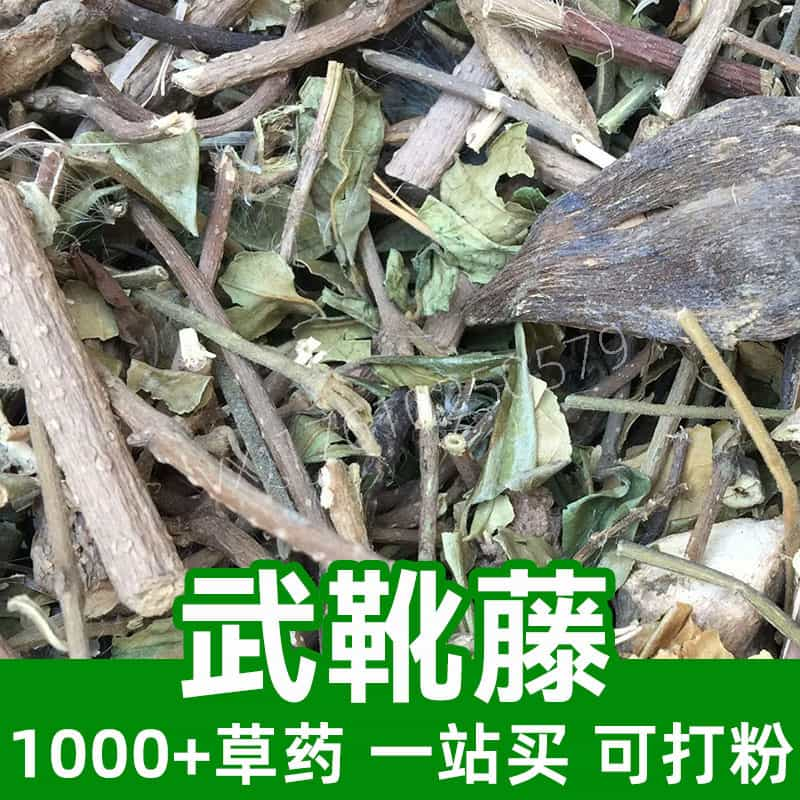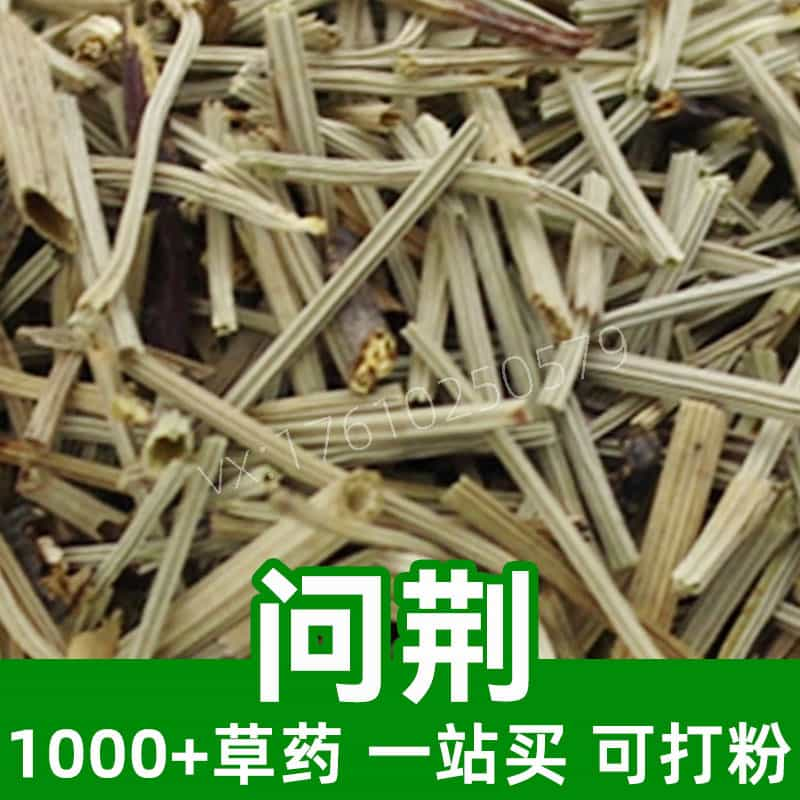Lichen (Moss) Product Introduction
Lichen, also known as moss, is a composite structure formed through the symbiosis of moss plants and fungi. Its primary components include moss plants and fungi, giving it a complex chemical makeup with several active ingredients such as lichen acid and moss alcohol. Lichen is widely distributed worldwide, thriving on substrates like rocks, bark, and soil, especially in cold, high-altitude, and humid environments. In traditional Chinese medicine, lichen is used to clear heat, detoxify, reduce phlegm, soothe cough, and moisturize the lungs, and it is also used as a raw material for food and health supplements.
Lichen (Moss) Key Active Components
Lichen (moss) contains a variety of chemical constituents, with the most important active ingredients being lichen acid and moss alcohol.
- Lichen Acid: One of the most common active ingredients in lichen, known for its antibacterial, anti-inflammatory, and antioxidant properties, widely used in medicinal and health supplement fields.
- Moss Alcohol: A secondary metabolite found in lichen with antibacterial, antioxidant, and anti-inflammatory effects, offering certain health benefits.
- Pigments: Lichen contains various pigments, such as lichenin and lichenin yellow, valuable in medicine and the food industry.
- Polysaccharides: Rich in polysaccharides, lichen offers immune modulation, antioxidant, and anti-tumor properties.
- Alkaloids: Some lichens contain alkaloids with antibacterial, sedative, and analgesic effects.
- Phytosterols: Abundant in phytosterols, lichen helps regulate blood lipids and strengthen immunity.
- Vitamins and Minerals: Lichen also contains essential vitamins and minerals like vitamin C, vitamin D, iron, and calcium, contributing to overall health.
The diverse and complex active components of lichen provide various benefits, making it widely applicable in traditional Chinese medicine, health products, and cosmetics, supporting human health in numerous ways.
Lichen (Moss) Application Scenarios and Usage/Dosage
Lichen (moss) is widely used in traditional Chinese medicine and food industries, with usage and dosage varying based on the specific application.
- Traditional Chinese Medicine Applications:
- Heat Clearing and Detoxification: Used in traditional Chinese medicine to clear heat, detoxify, and relieve phlegm, particularly for lung heat-related cough and phlegm issues.
- Moisturizing Lungs and Soothing Cough: Helps moisturize lungs and relieve cough, beneficial for dry cough and sore throat caused by heat.
- Reducing Swelling and Pain: Known for its anti-inflammatory effects, useful for treating rheumatic arthritis and external injuries.
- Food Applications:
- Health Food: Used as a raw material in health foods, processed into oral liquids, capsules, and tablets, promoting wellness and enhancing immunity.
- Functional Foods: The polysaccharides and antioxidants in lichen are ideal for functional foods, such as those aimed at anti-aging and immune regulation.
- Usage and Dosage:
- Herbal Decoction: Commonly prepared as a decoction in traditional medicine, generally 10-15g, boiled and consumed in two doses.
- Oral Liquid: Typically 30-60 ml per serving, taken 2-3 times daily, before or after meals.
- Capsules/Tablets: Follow the recommended dosage on the product label, generally 1-2 capsules or tablets, 2-3 times daily.
Lichen is a natural herbal remedy with broad medicinal and nutritional applications. However, dosage should be adjusted according to individual needs, avoiding excessive or long-term use. Special populations, like pregnant women and children, should use it under professional guidance.
Lichen (Moss) Source Plant Overview, Distribution, and Growth Environment
Lichen (scientific name: Lichen) is a unique organism formed from the symbiosis of fungi and algae or cyanobacteria, classified as a type of moss plant. Lichen grows slowly and can survive in various environments, including rocks, bark, soil, and buildings. Here are the details on its source, distribution, and growth environment:
- Source Organism:
- The fungal part of lichen typically belongs to the phyla Ascomycota or Basidiomycota, while the algae part may be green algae, cyanobacteria, or archaea. This symbiotic relationship makes lichen a unique organism in nature.
- Distribution:
- Lichen is found globally across different climates and terrains, from polar to tropical regions. It thrives in cold mountains, dry deserts, moist forests, and urban structures alike.
- Growth Environment:
- Lichen adapts to various substrates, including rocks, tree bark, soil, deserts, and buildings. It can survive under extreme conditions, such as high altitudes, low temperatures, drought, and high radiation.
- Sensitive to air quality and pollution, lichen is often used as a bioindicator for environmental monitoring. Some types can absorb and filter pollutants, contributing to urban greening and environmental improvement.
- Growth Patterns:
- Lichen displays diverse growth patterns, including crusty, scaly, filamentous, spherical, or leaf-like forms. The fungal portion attaches to the substrate, obtaining nutrients through its symbiotic relationship with algae.
- Ecological Role:
- Lichen plays a vital role in ecosystems by stabilizing soil, protecting surfaces, improving soil texture, and providing food and habitats that promote biodiversity.
As a resilient and versatile organism, lichen plays an important role in ecosystems. Due to its sensitivity to environmental changes, it is widely used in environmental monitoring and ecological preservation.
Lichen (Moss) Harvesting, Processing, and Storage
Harvesting, processing, and storing lichen properly are crucial steps to maintaining its quality and efficacy. Below are the details on harvesting, processing, and storage methods for lichen:
- Harvesting:
- Lichen is typically collected during dry seasons to avoid moisture from rain or dew. Only select lichen with a complete appearance and no contamination.
- Avoid excessive harvesting to preserve the ecosystem’s balance.
- Processing:
- After collection, lichen should undergo initial cleaning to remove impurities and contaminants.
- Lichen is usually sun-dried, oven-dried, or crushed to prepare it for further use and processing.
- Storage:
- Lichen should be stored in a dry, well-ventilated area, away from direct sunlight and humidity to prevent mold and bacterial growth.
- Place lichen in paper or cloth bags to maintain air circulation and prevent moisture accumulation.
- For long-term storage, seal lichen in containers with desiccants to avoid moisture and mold growth.
- Precautions:
- During processing and storage, avoid contact with contaminants to maintain purity and effectiveness.
- Regularly check stored lichen for signs of spoilage, replacing or treating any affected portions.
- Uses:
- Collected lichen can be used in medicine, food, dye, and other industries. In traditional Chinese medicine, it is often used in herbal formulas or teas for its nourishing, heat-clearing, anti-inflammatory, and pain-relieving benefits.
- In the food industry, lichen may serve as a food additive to enhance nutritional value and texture.
By following proper harvesting, processing, and storage practices, lichen’s quality and active components can be effectively preserved, ensuring its safe application in medicine and food.
Monica Sun is a seasoned expert in the natural raw materials industry, with over a decade of experience specializing in traditional Chinese medicinal herbs, spices, and fungi. She is skilled in the sourcing, processing, and application of these materials, emphasizing sustainability and innovation. Monica Sun has contributed to the development of high-quality natural raw materials that serve as essential components in functional foods, pharmaceuticals, and cosmetics, delivering tailored solutions to meet diverse market needs.

.jpg?orientation=landscape&width=800&height=800)







